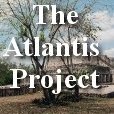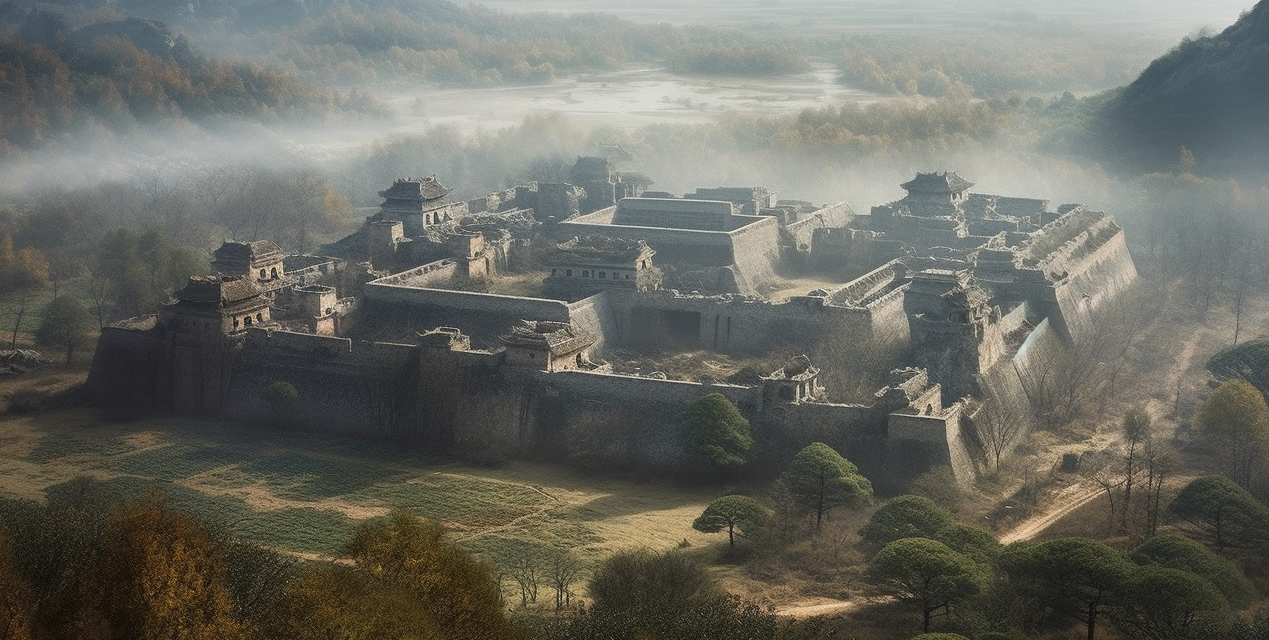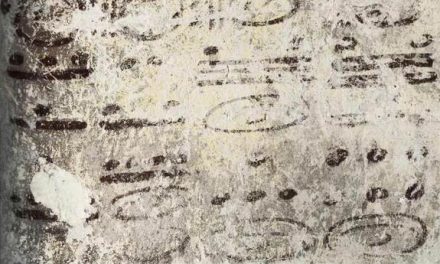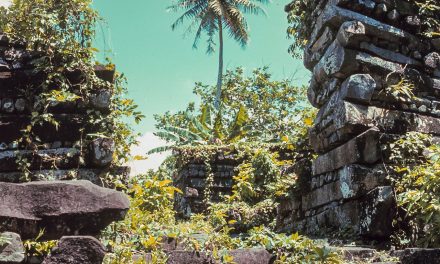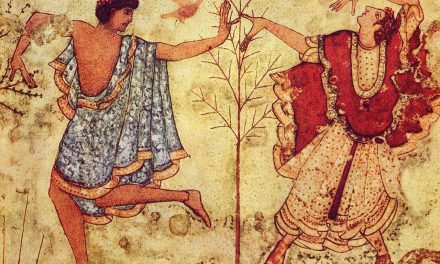The Dian Kingdom, an ancient civilization shrouded in mystery and intrigue, holds a captivating place in history. Situated in what is now modern-day China, this enigmatic kingdom has left behind a trail of artifacts and remnants that offer a glimpse into its rich cultural heritage. In this article, we delve deep into the annals of time to uncover the fascinating story of the Dian Kingdom and explore its influence on the world.
It emerged during the Zhou Dynasty, flourishing between the 4th century BC and the 1st century AD. Its origins are rooted in the region encompassing present-day Yunnan Province, China. The kingdom’s strategic location along the ancient Southern Silk Road facilitated cultural exchange and trade, contributing to its growth and development.
This civilization boasted a sophisticated socio-political structure. It was characterized by a hierarchy of rulers, nobles, and commoners. The ruling elite wielded power through a centralized authority, while the common people engaged in agriculture, metalwork, and trade.
Cultural Splendor of the Dian Kingdom
Art and Artifacts
One of the most striking aspects of the Dian Kingdom is its remarkable art and artifacts. Archaeological excavations have unearthed intricate bronze sculptures, pottery, and jewelry, showcasing the kingdom’s advanced craftsmanship. These artifacts provide insights into the daily life, religious beliefs, and artistic prowess of the Dian people.
Religious Practices
Religion held a significant place in the Dian Kingdom. Evidence suggests that the people practiced shamanism and ancestral worship. Elaborate sacrificial ceremonies and rituals were performed to appease spirits and seek divine favor. These practices offer a window into the spiritual dimensions of the ancient kingdom.
The Enigmatic Decline
Theories and Speculations
The decline of their culture remains a subject of debate among historians and archaeologists. Some theories attribute its downfall to internal conflicts, while others point to external invasions. Environmental factors, such as changes in climate and land use, might have also played a role. The precise reasons behind the kingdom’s demise continue to intrigue researchers.
Rediscovering the Dian Kingdom
In recent years, renewed interest has led to groundbreaking discoveries. Advanced archaeological techniques and interdisciplinary research have shed new light on its history and culture. These findings contribute to a more comprehensive understanding of the kingdom’s significance within the broader context of ancient civilizations.
The Dian Kingdom stands as a testament to the ingenuity and resilience of an ancient civilization. Its artistic achievements, religious practices, and socio-political structure offer a captivating narrative of a bygone era. As we continue to unravel the mysteries of the past, the legacy of the Dian Kingdom remains an enduring source of fascination and inspiration.
FAQs
- Was the Dian Kingdom connected to other ancient civilizations? The Dian Kingdom maintained connections with neighboring regions through trade routes and cultural exchanges.
- What role did art play in the Dian Kingdom’s society? Art held both cultural and religious significance, reflecting the kingdom’s beliefs and way of life.
- Are there any surviving descendants ? While direct descendants are not traceable, the Dian Kingdom’s influence likely lives on in the customs and heritage of the region.
- Why is the Dian Kingdom considered enigmatic? The scarcity of written records and the passage of time contribute to the enigmatic nature of the kingdom.
